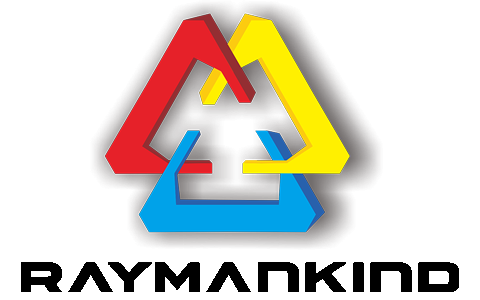The current global supply chain faces unprecedented challenges, from delays and disruptions to increased costs. Warehouse management is also under pressure due to fluctuating demands and high inventory costs. Enter 3D printing on demand, a revolutionary solution that promises to alleviate these issues.
Understanding 3D Printing on Demand
3D print on demand involves creating products as needed, using digital designs and 3D printers. Unlike traditional manufacturing, which often requires bulk production and long lead times, 3D printing allows for immediate production and customization. This flexibility can significantly streamline supply chains.
Supply Chain Flexibility
3D print on demand offers remarkable flexibility. Companies can reduce their reliance on distant suppliers, cutting down on lead times and transportation costs. This localized production model allows for faster response to market changes and reduces the risk of supply chain disruptions.
Reducing Inventory and Warehouse Costs
By producing items only when needed, businesses can minimize inventory levels and associated storage costs. This just-in-time production model means companies no longer need to hold large stocks of products, freeing up valuable warehouse space and reducing overhead costs.
Minimizing Waste and Promoting Sustainability
3D printing promotes efficient material usage, as it produces items layer by layer, minimizing waste. This technology also supports sustainable practices by enabling the production of only what is needed, thus reducing excess manufacturing and its environmental impact.
Overcoming Supply Chain Disruptions
During times of crisis, such as the COVID-19 pandemic, 3D print on demand has proven invaluable. Companies have used local 3D printing facilities to produce essential items, bypassing global supply chain disruptions. This approach highlights the resilience and adaptability of 3D printing.
Challenges and Considerations
Adopting 3D print on demand comes with challenges, such as initial setup costs and the need for technical expertise. Businesses must also evaluate the compatibility of 3D printing with their existing processes and product requirements. However, the long-term benefits often outweigh these initial hurdles.
Future of 3D Printing on Demand
The future of 3D print on demand looks promising, with continuous advancements in technology and materials. Emerging trends include increased automation, improved print speeds, and the development of new materials, all of which will further enhance the capabilities and applications of 3D printing in supply chain management.
The future of 3D print on demand looks promising, with continuous advancements in technology and materials.
Raymankind
3D print on demand offers significant benefits for addressing supply chain and warehouse challenges. From increased flexibility and reduced costs to sustainability and resilience, this technology is a game-changer. Businesses are encouraged to explore 3D printing solutions to enhance their operations and stay competitive.
Contact Raymankind today for a consultation on integrating 3D print on demand into your supply chain. Let’s revolutionize your manufacturing process together!
